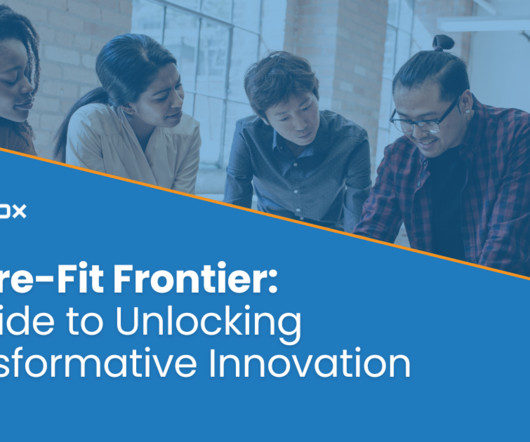Embracing the Future: Fractional Executives and Generative AI
Tullio Siragusa
APRIL 15, 2024
Generative AI refers to algorithms that can learn from data and generate original content, be it text, code, or strategic plans. Here are specific examples of how these technologies can be applied: Strategic Planning and Decision Making AI algorithms can analyze vast amounts of data to identify trends, opportunities, and threats.



















Let's personalize your content